The overall look of the Bengal cat can depend on its generation and its wild and domestic parentage. The first three generations of the Bengal cat are called foundation Bengals and these are classified as F1-F3 (now more commonly reffered to as 1G, 2G and 3G).
High percentage F1 Bengal (ALC x F1 Bengal)
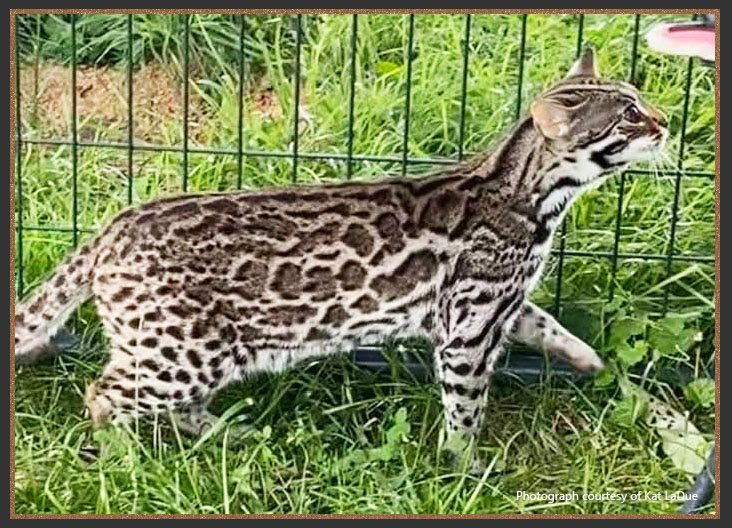
F1 Bengal

F2 Bengal
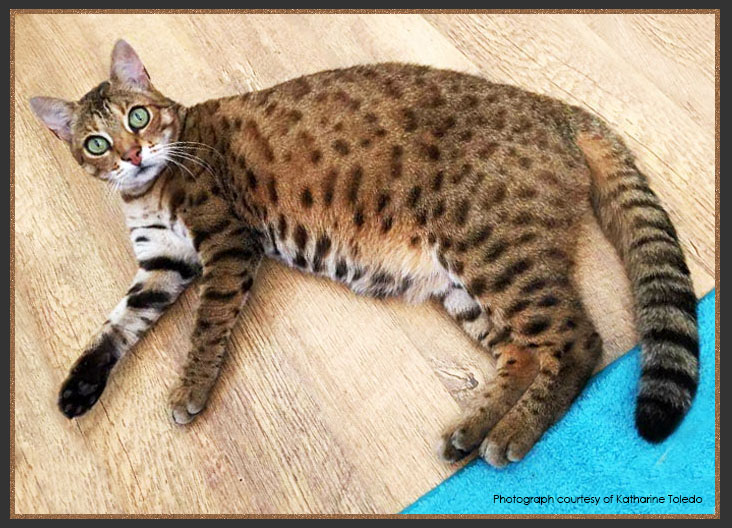
F3 Bengal

Once you reach the fourth generation of Bengals, they are described as SBT which stands for Stud Book Tradition. Stud Book Tradition is a term chosen by The International Cat Association (Tica) and the Tica Bengal breed standard sets outs the traits which are called for in our SBT Bengals:
Head
Shape: Broad modified wedge with rounded contours. Longer than it is wide. Slightly small in proportion to body, but not to be taken to extreme. The skull behind the ears makes a gentle curve and flows into the neck. Allowance to be made for jowls in adult males. Overall look of the head should be as distinct from the domestic cat as possible.

Ears: Medium to small, relatively short, with wide base and rounded tops. Set as much on side as top of head, following the contour of the face in the frontal view, and pointing forward in the profile view. Light horizontal furnishings acceptable; but lynx tipping undesirable.

Eyes: Oval, almost round. Large, but not bugged. Set wide apart, back into face, and on slight bias toward base of ear. Eye color independent of coat color except in the lynx points. The more richness and depth of color the better.
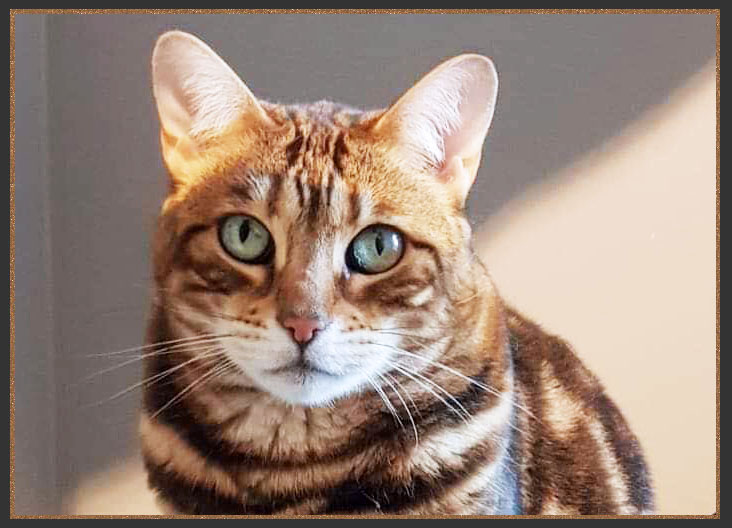
Chin: Strong chin, aligns with tip of nose in profile.

Muzzle: Full and broad, with large, prominent whisker pads and high, pronounced cheekbones. Slight muzzle break at the whisker pads.
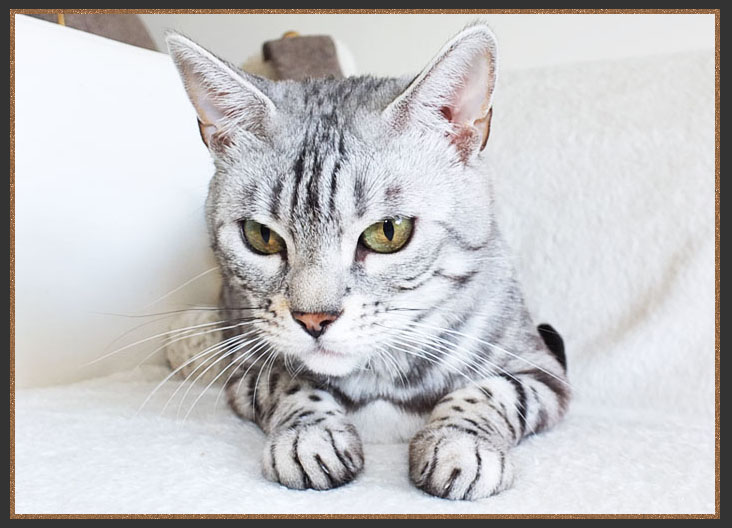
Nose: Large and wide; slightly puffed nose leather.
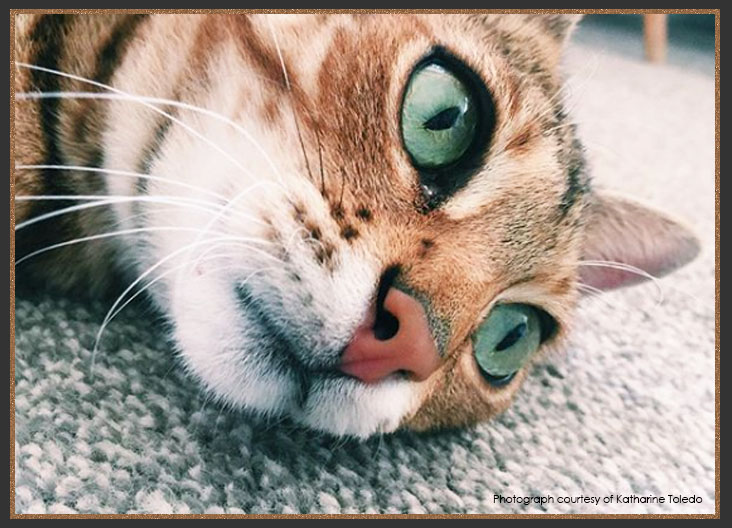
Profile: Curve of the forehead should flow into the bridge of the nose with no break. Bridge of nose extends above the eyes; the line of the bridge extends to the nose tip, making a very slight, to nearly straight, concave curve.


Neck: Long, substantial, muscular; in proportion to the head and body.

Body
Torso: Long and substantial, not oriental or foreign. Medium to large (but not quite as large as the largest domestic breed).

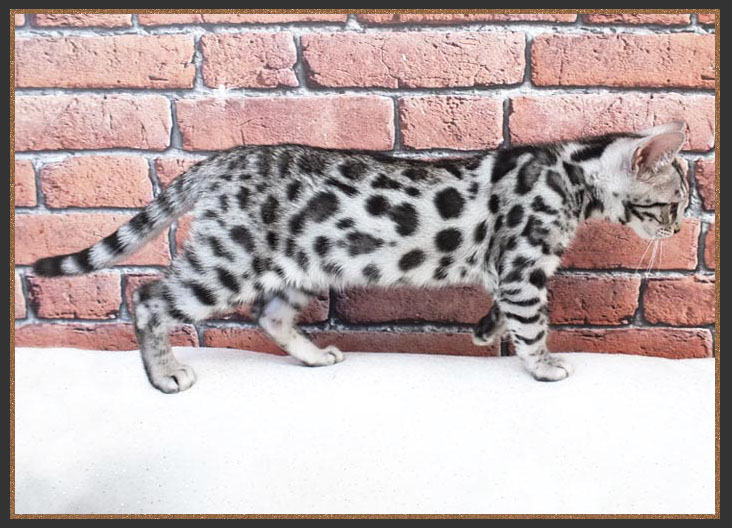
Legs: Medium length, slightly longer in the back than in the front.

Feet: Large, round, with prominent knuckles.

Tail: Medium length, thick, tapered at end with rounded tip.
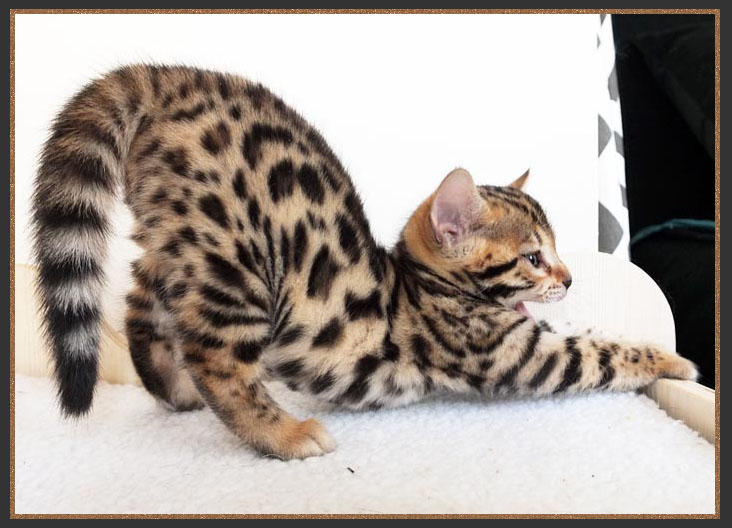
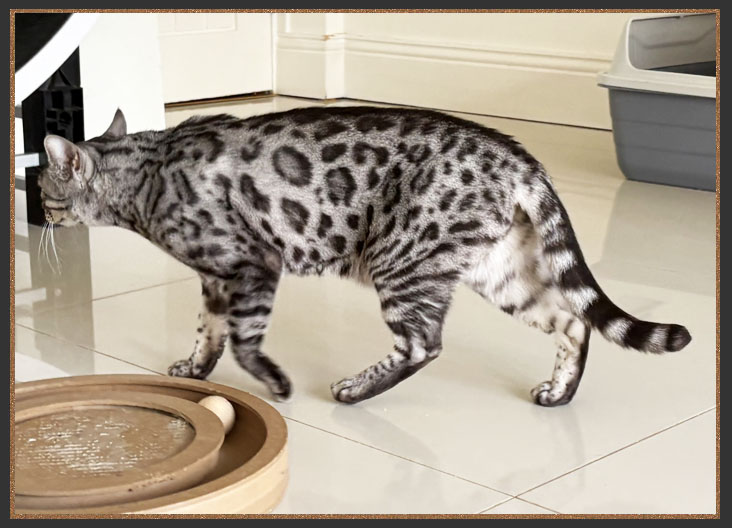
Boning: Sturdy, firm; never delicate.
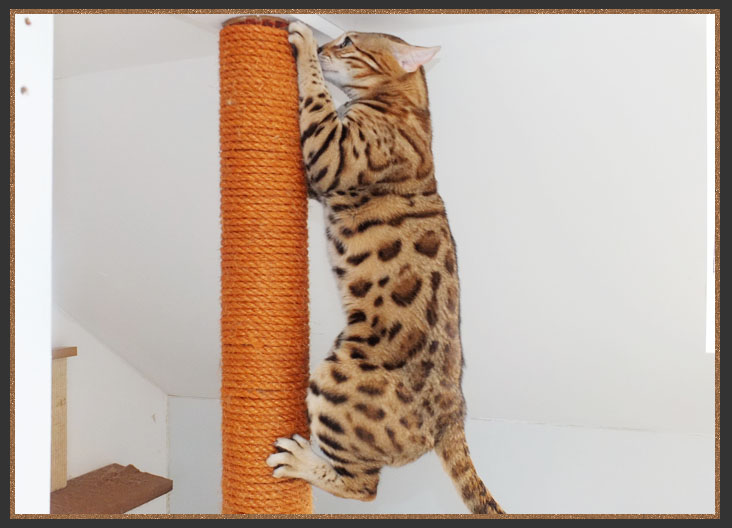
Musculature: Very muscular, especially in the males, one of the most distinguishing features.

Coat
Length: Short to medium. Allowance for slightly longer coat in kittens.
Texture: Dense and luxurious, close-lying, unusually soft and silky to the touch.
Pattern: Spotted or Marbled
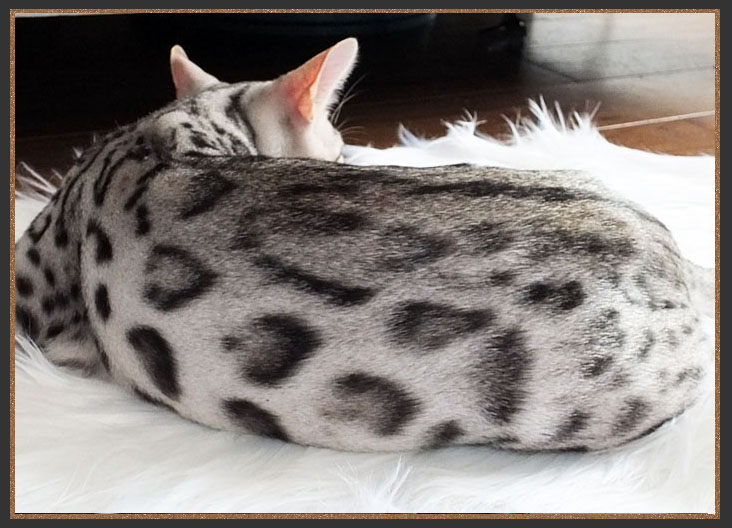
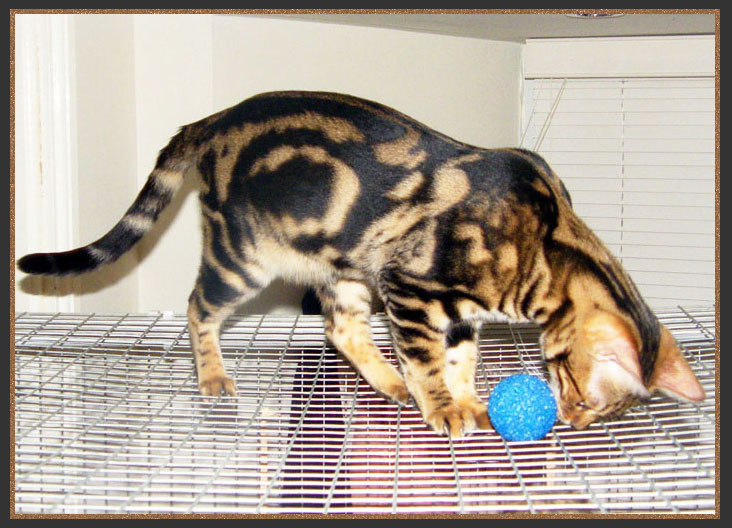
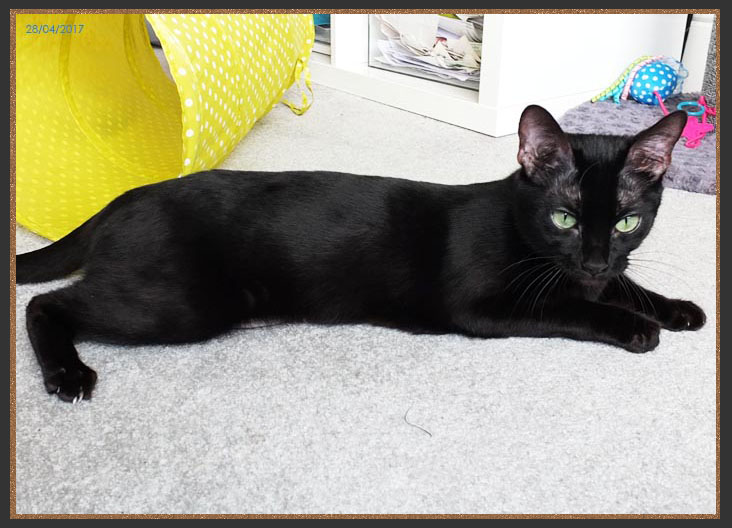
Sources: The International Cat Association (TICA) Bengal Breed Standard




